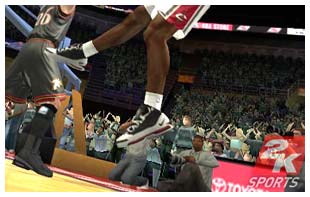A few days ago there was news (over on New Scientist no less) about a coaster that has embedded electronics that sense when a glass is empty and wirelessly notifies the barkeep. This struck me since I had that idea about 4 or 5 years ago and am surprised it’s now something new and innovative. Maybe it is. But there are practical reasons I discarded the idea – ranging from the obviousness of the idea (to me at least) to some of the patents I’d seen on the USPTO.gov site (yes I did some research). I have plenty of these kinds of things floating around in my head or doodled on scraps of paper I keep in a pile. Some of them extensions of this idea not discussed in any of the articles I’ve read, but which I’ve no doubt someone will now stumble upon.
What quite frankly bugs me is that someone could take an idea I had years ago and now claim a patent as if the idea first came to them before anyone else considered it. Yeah, I know, there’s a zillion people out there saying the same thing and I’m not alone. But there’s a difference now. I can broadcast that idea on the net so that some corporation can’t just come along and monopolize the idea. Just think if someone had broadbanded Amazon’s “One-click” patent, or Microsoft’s “Skin As Conducting Medium” patent.
So in the spirit of letting some ideas out, I just posted an idea on the Core77 forum. It has to do with the Nike/NBA2K6 videogame I mentioned earlier and updating content (which I discussed over on another blog). I’ll just quote the idea I posted directly:
This shouldn’t be hard to implement. A range of basic shoe models could be built into the game from day one and assigned a generic name. Each model has an associated UV map. When Nike or some other company has a new shoe design, they associate that with one of the generic models and generate a new UV map (or “skin”). This then gets streamed to the game. But in addition, that skin carries a “tag” – a code fragment. So say that when the real shoes are announced for sale in the real world, the virtual shoe code could be released so gamers can use that virtual model ingame.
For example:
Generic polygon model Code Main Fragment: 344566543
New shoe design skin: adfa433Code to unlock the content: 344566543-adfa433
Next year’s shoe design using the same basic platform comes along and you get a new code frag: akea597
New product code to unlock updated content: 344566543-akea597
Of course someone probably has this one patented already, but regardless, it feels good to just say it. I’ve done this once before; the RadTag security device. Perhaps I’ll do this more often.

